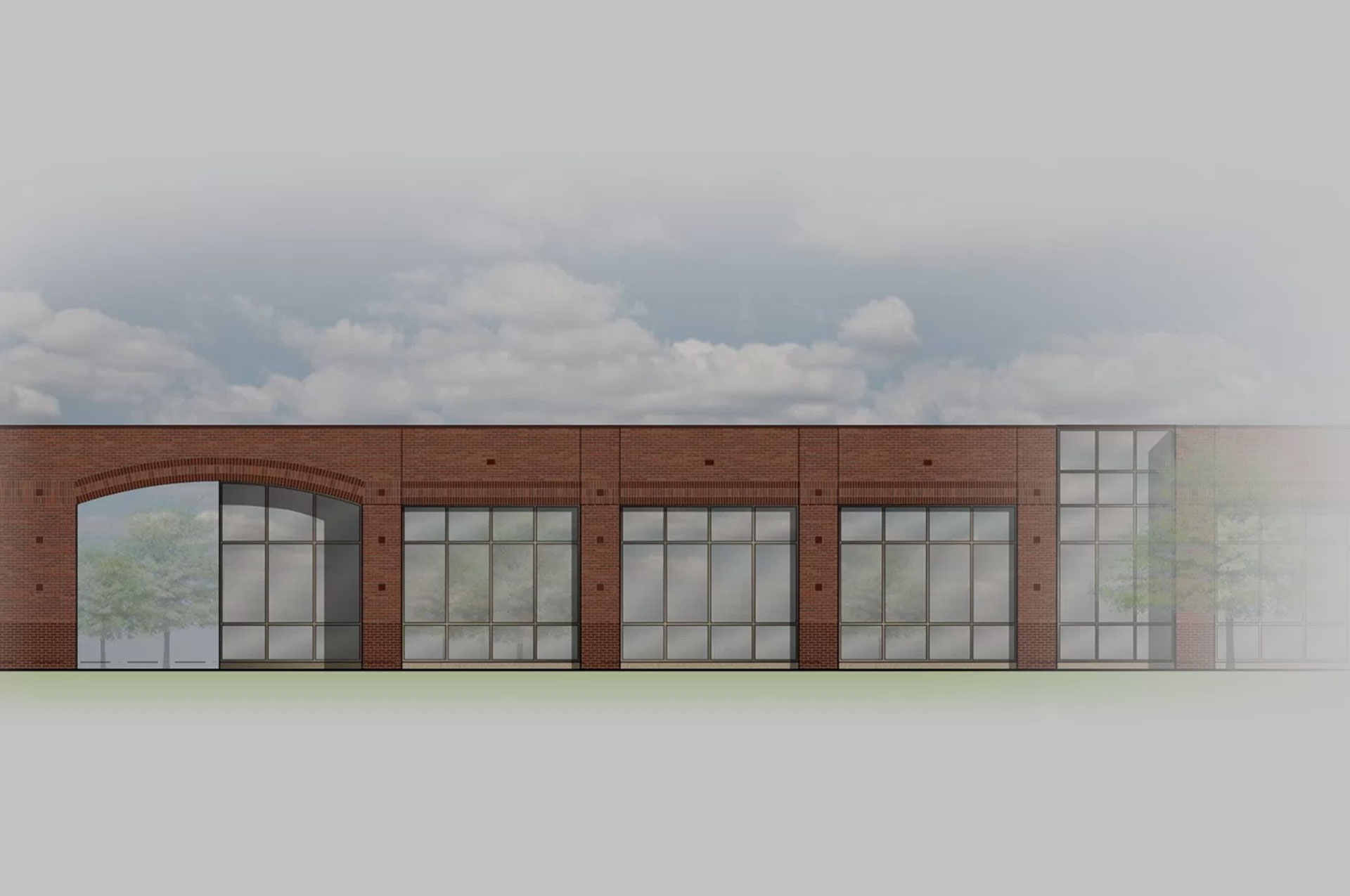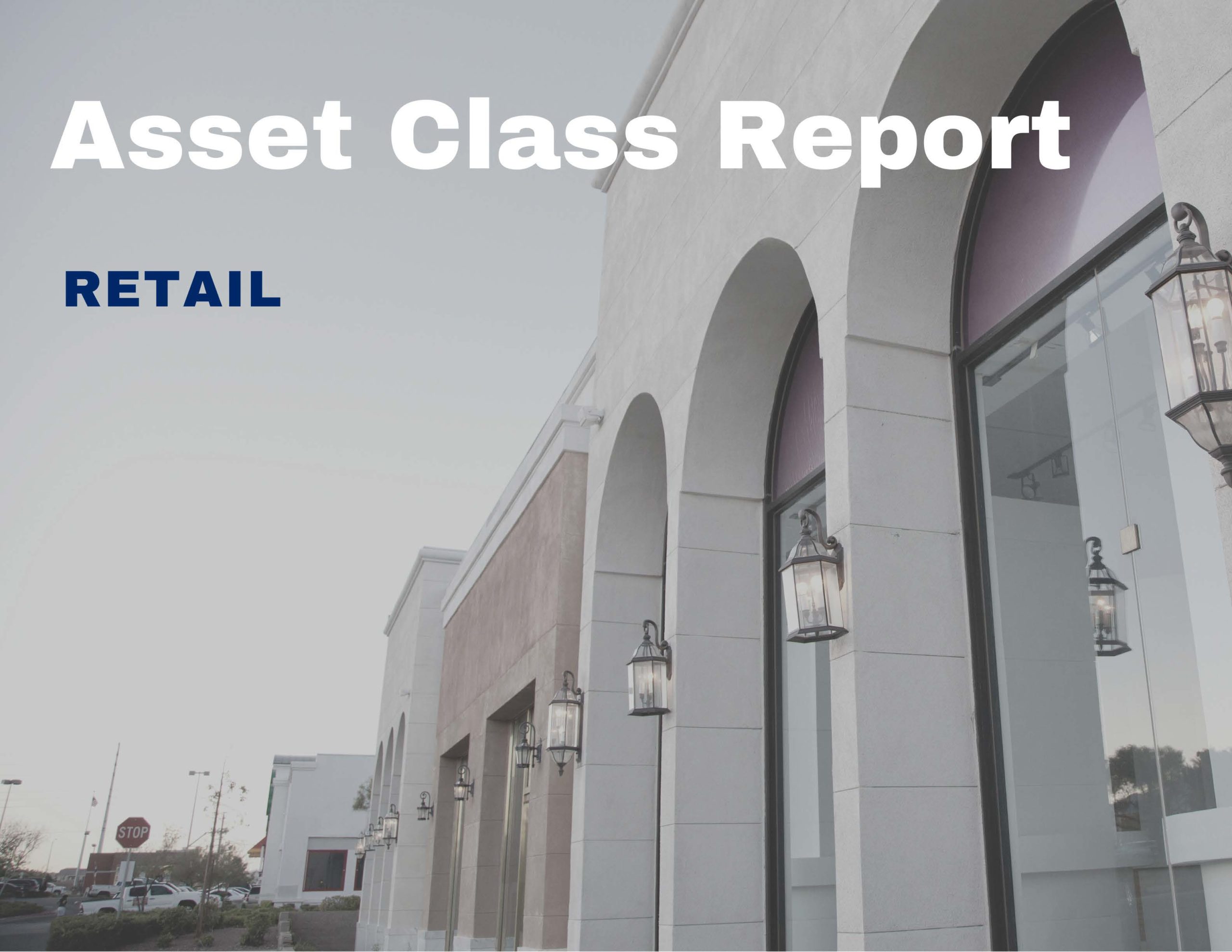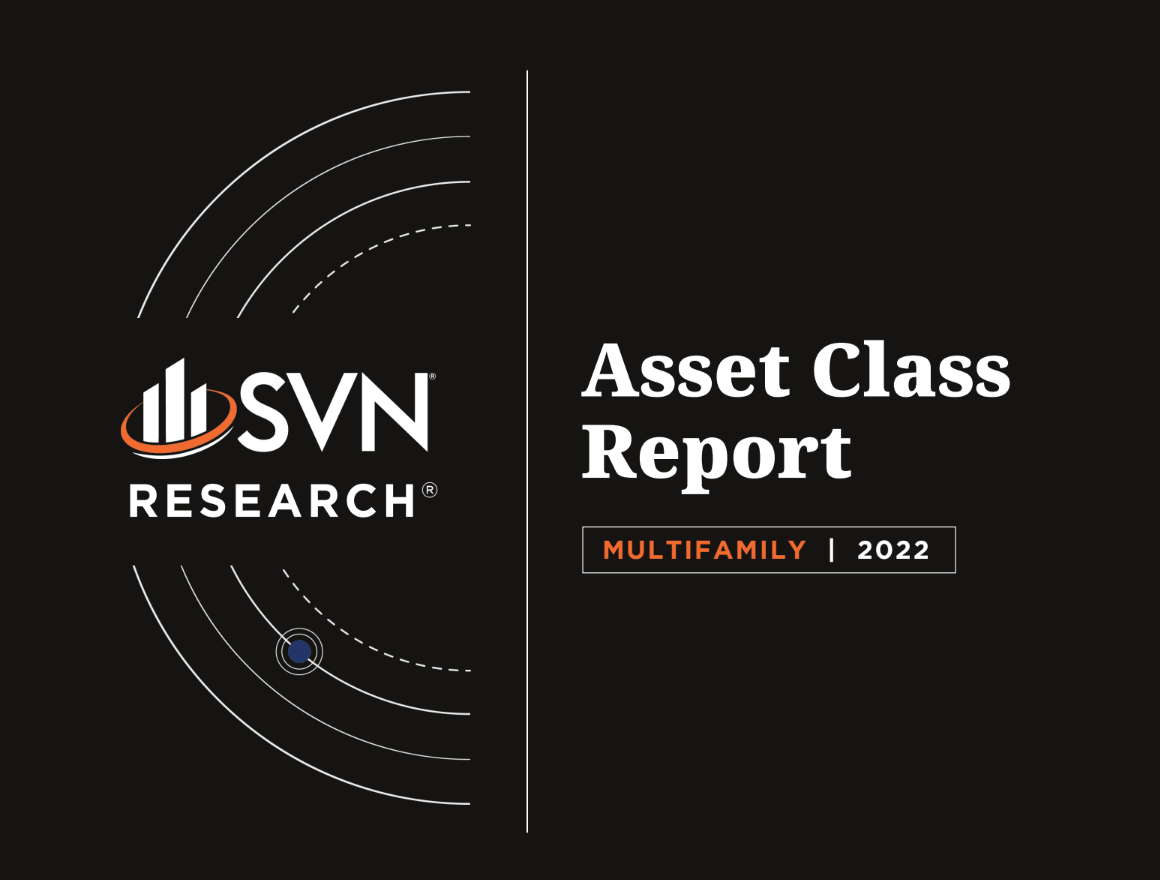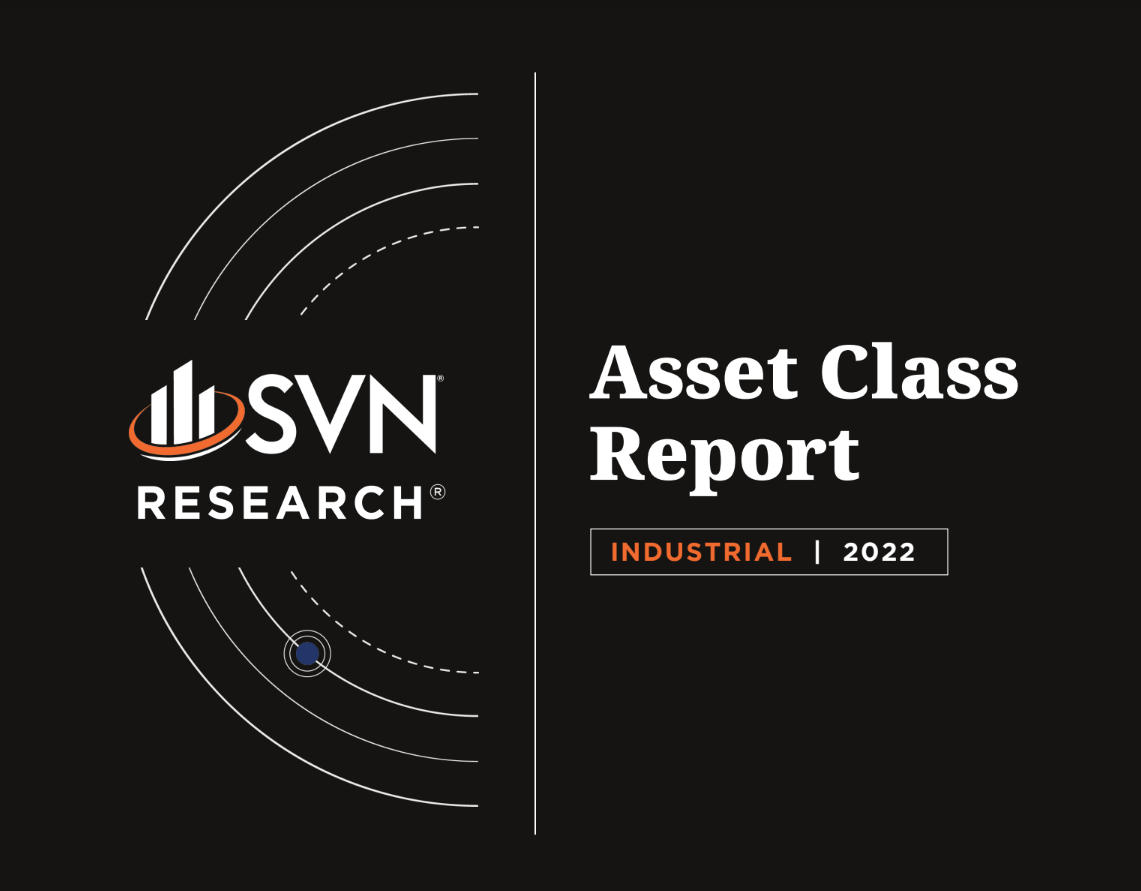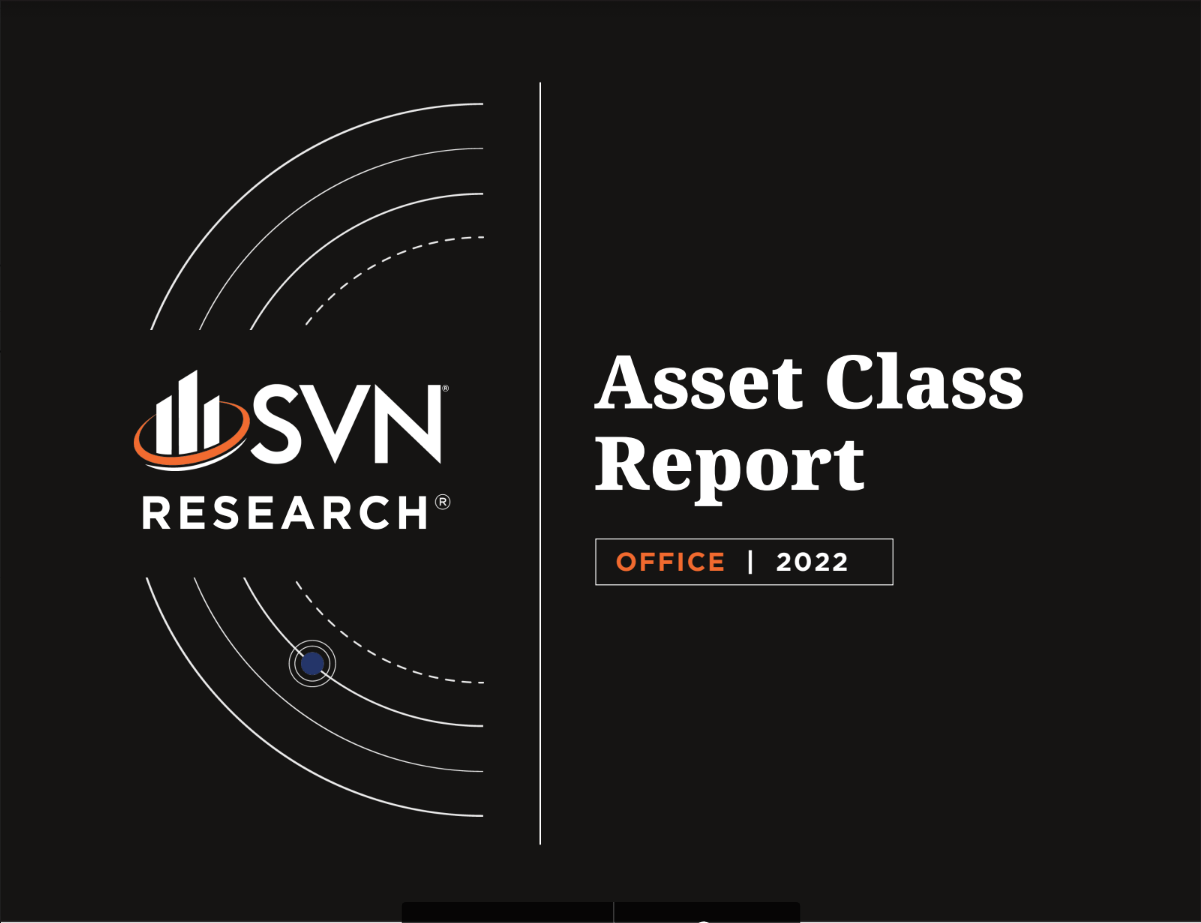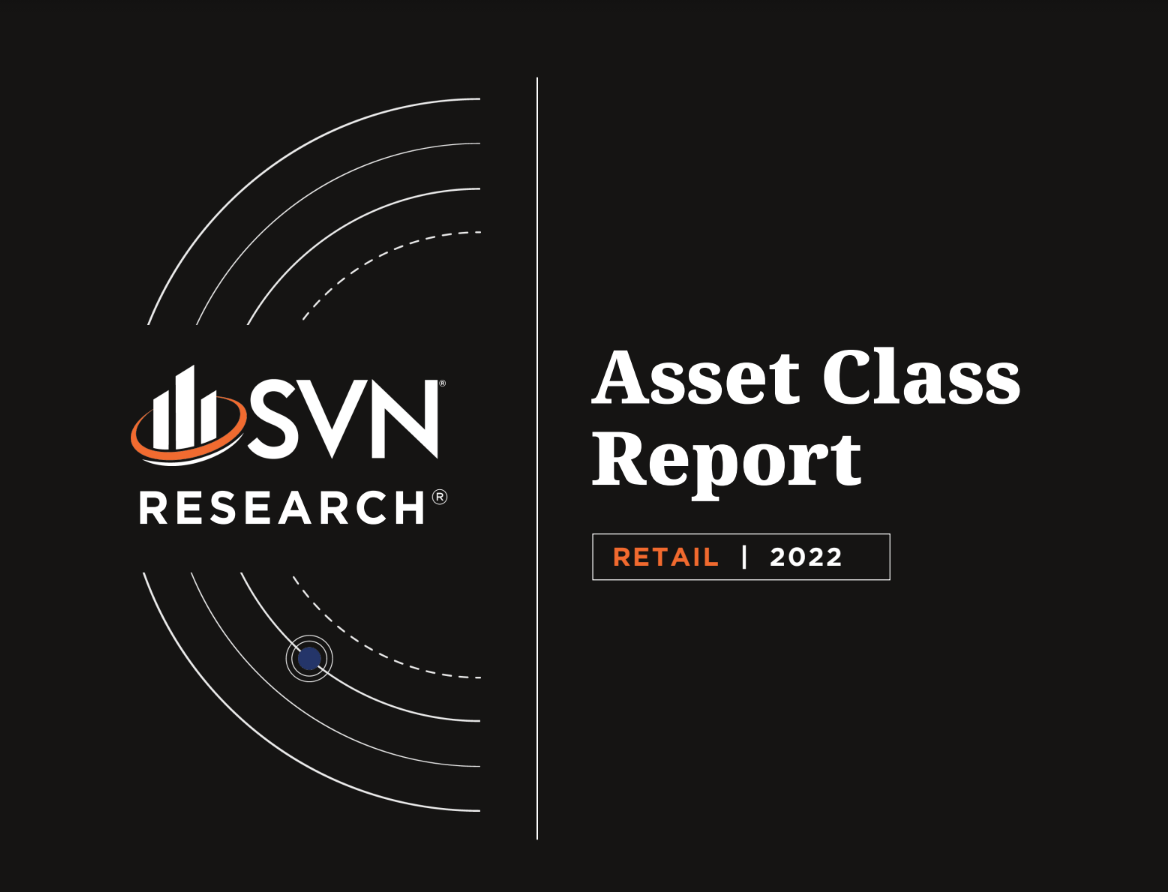admin / September 17, 2021
Commercial Real Estate Economic Update 9.17.2021
Commercial Real Estate Economic Update 9.17.2021
Featured topics:
-
Beige Book – Economic Activity
-
VTS Office Demand Index (VODI)
-
California Zoning Law Changes
-
Proposed Tax Changes on Partnerships
-
Jobs Report
-
Delta Variant Impact on Hiring
-
Retail Sales
-
A Case for Retail Resiliency
-
Home Building Geography Index
SVN Research Economic Update_9.17.21 –Download the full report (PDF)
1. BEIGE BOOK – ECONOMIC ACTIVITY
- Economic growth downgraded slightly in July and August, according to the September release of the Federal Reserve’s Beige Book. Manufacturing, transportation, non-financial services, and residential real estate stood out as stronger than average sectors during the survey period. According to the analysis, the slowdown in economic activity was largely due to a weakening in demand for dining out, travel, and tourism, presumably stemming from the rise of the Delta variant.
- Supply disruptions and labor shortages also continue to dampen growth in some areas of the economy, particularly auto sales— which have been impacted by a worldwide microchip shortage, and home sales, which suffer from persistently low inventories. Both residential and non-residential construction rose across districts during the latest survey period, with loan volumes varying widely.
- All districts reported rising employment, but most also continued to note a persistent shortage of available workers that in many cases, are impeding business activity. Early retirements, childcare needs, challenges in negotiating job offers, and the presence of enhanced unemployment benefits were noted as the largest barriers constraining hiring.
2. VTS OFFICE DEMAND INDEX (VODI)
- Office demand decreased in July following six consecutive months of growth, according to the latest reading of the VTS Office Demand Index (VODI). The VODI dropped 1.2% month-over-month, the steepest fall in the index since December 2020. Office demand is up 252% year-over-year— largely a base effect from the steep fall in economic activity in early-to-mid 2020 but remains 16% below its 2018-2019 average. Office demand fell as low as -84% below its pre-pandemic benchmark during June of last year.
- As was the case during the last time the VODI fell this steeply on a month-over-month basis, the nation saw a significant uptick in COVID cases during July’s decline. According to VTS, 6 out of the 7 metros tracked in the survey reported an uptick in cases during the month of July, with Seattle being the lone exception.
3. CALIFORNIA ZONING LAW CHANGES
- On August 26th, The California State Assembly passed a bill that would allow for the construction of two-unit buildings on lots previously zoned for single-family housing only. If signed, the new law would supersede existing zoning rules on the local level.
- The new bill would allow for increased density in a state where restrictive zoning has led to some of the highest land values in the country, with median home prices in California rising by 27% in just the past year. The bill would also allow for homeowners to subdivide their current properties to up to 4 units on a single lot.
- The bill’s passing comes shortly after the August 23rd passing of a bill that makes it easier for multifamily construction by simplifying the approval process in some areas.
- If successful, the push for zoning law changes in California would be a big win for industry leaders and advocates pushing for reform to address the nation’s critical housing supply shortage. With national policy leaders signaling a desire to tackle housing affordability in the US, the California bill could become a framework for zoning reform across the country.
4. PROPOSED TAX CHANGES ON PARTNERSHIPS
- The Senate Finance Committee has begun drafting legislation that would introduce new tax liabilities on business partnerships, which could potentially impact how real estate transactions take place.
- The proposal would require partnerships to use the “remedial” allocation method during tax filing, which would limit the ability for partners to shift gains and their related tax liabilities between each other.
- Current law affords partners the choice of revaluing their assets upon the change in the interests of one of the partners, but the new proposal would require such revaluing. Critics note that the mandatory review would remove flexibility afforded to commercial real estate partnerships and could delay transactions. The National Association of Home Builders has announced opposition to the legislation.
5. JOBS REPORT
- The August Jobs Report arrived underneath most forecasts, adding just 235,000 jobs in the month according to the BLS. Economists surveyed by Dow Jones projected up to 720,000 new hires in the month, but public health fears and an activity slowdown that accompanied the emergence of the delta variant likely caused more of a shock than many predicted.
- For the first time in six months, the leisure and hospitality sector did not lead the nation in job growth, with professional and business services rising to the top in August with 74,000 new hires. Employment in leisure and hospitality was relatively unchanged and remains 10% below February 2020 levels.
- Major industries such as construction and wholesale trade also stalled, while transportation and warehousing, private education, and manufacturing posted gains.
- Wages have continued to rise, climbing 4.3% year-over-year in August. Average hourly earnings for all employees rose by 17 cents to $30.73 and have now climbed for five consecutive months.
6. DELTA VARIANT IMPACT ON HIRING
- The emergence of the Delta variant has renewed some Americans’ hesitations to return to work, according to new results from the Census Bureau’s Household Pulse Survey (HPS).
- Results from the survey conducted between August 18th-30th reported that 3.2 million Americans indicated they were not working due to being “concerned about getting or spreading the coronavirus”, up from a reported 2.5 million from the survey covering July 21st to August 2nd.
- Since tracking the metric began in April 2020, the number of American’s citing COVID-risk as a barrier to returning to work peaked at 6.24 million in July 2020 and has steadily come down since. After receiving a positive boost earlier this summer as vaccines became widely available across the US, the recent negative turn in sentiment reflects the fears surrounding the recent surge stemming from the delta variant.
7. RETAIL SALES
- US retail sales rose by 70 basis points month-over-month in August following a 1.8% decline in July. Sales exceeded most economists’ expectations, with the Bloomberg survey of economist predicting a 70-basis point drop in August.
- Some industry watchers point to back-to-school shopping as a boost to retail activity, while the report also showed strength in online retailers and furniture stores as home relocation saw an uptick during the month.
- The Delta variant’s effect on the service industry has also likely shifted consumer spending to other areas of the economy, and the latest report signals that retail goods have been a beneficiary. 10 of the 13 categories outlined in the Census Bureau’s report noted increases in August, with electronics and appliances, sporting goods, and car dealers being the only categories the declined.
8. A CASE FOR RETAIL RESILIENCY
- While the retail sector of Commercial Real Estate has been the focus of much concern during the pandemic, a recent analysis by Propmodo on the success of some retail property managers in recent months has provided a case for resiliency.
- Simon Property Group, the nation’s largest mall operator, reported total sales in June 2021 that were on par with June 2019 figures, according to the analysis. Year-to-date sales through June were reportedly 13% higher than the same period in 2019.
- Similarly, National Retail Properties, another large operator, reported 98.3% occupancy and 99% rent collection across their single-tenant retail properties.
- While the Retail Sector has faced some of the worst pandemic-related headwinds of any area of the US economy, record savings being held by consumers alongside the rebound in economic activity in recent months has provided a dose of stimulus to companies that have weathered through the storm.
9. HOME BUILDING GEOGRAPHY INDEX
- The Q2 Home Building Geography Index (HBGI) produced by the National Association of Home Builders reported a consistent level of activity in the single-family sector nationwide throughout the quarter, with the multifamily sector finding higher growth in counties where affordable housing is more readily available.
- The report’s findings show a shrinking of multifamily growth within the core countries of many metro-areas compared surrounding counties. In Q2, core counties accounted for 38.7% of multifamily construction activity, down from 40.2% in Q1.
- Further, the report finds that roughly half of the US population resides in the “least-affordable” counties according to the Index’s definition, which is based on price-to-income ratios derived from the 2019 American Community Survey. Just 2.8% of the population lives in the “most-affordable” counties.
10. DIVERGING INFLATION
- A recent analysis by Bloomberg indicates a diverging pattern in price increases across different metros dating back to the beginning of the pandemic.
- Utilizing data from the BLS, the analysis shows that the steepest local increases occurred in St. Louis, climbing from an inflation rate of 2.1% year-over-year in February 2020 to 6.6% in August 2021. Other notable standouts were the Houston and Atlanta metro areas, with Houston rising from just 1.5% in February 2020 to 5.3% in August 2021. Atlanta rose from a pre-pandemic rate of 2.9% to 6.6% in the latest reading.
- Conversely, Los Angeles saw the most tepid change in local inflation, rising from a rate of 3.4% year-over-year in February 2020 to 4.00% in August 2021. Phoenix followed, climbing from 4.4% to 5.1%, with San Francisco close behind— rising from 2.9% to 3.7%.
- Notably, the metros with the lowest increases all started the pandemic with higher inflation rates than those that sit at the top of this analysis. Soaring housing costs, which were already prevalent in metros like Los Angeles and San Francisco before the pandemic, alongside regional migration patterns that have increased consumer demand in smaller metros, have likely contributed to the divergence.
SUMMARY OF SOURCES
https://www.federalreserve.gov/monetarypolicy/beigebook202109.htm (1)
https://vts.drift.click/august-vodi (2)
https://leginfo.legislature.ca.gov/faces/billNavClient.xhtml?bill_id=202120220SB9 (3)
https://www.finance.senate.gov/imo/media/doc/Wyden%20Pass-through%20Reform%20One%20Pager.pdf (4)
https://www.bls.gov/news.release/empsit.nr0.htm (5)
https://www.census.gov/programs-surveys/household-pulse-survey/data.html (6)
https://www.census.gov/retail/index.html (7)
https://www.propmodo.com/understanding-retails-resilience-and-lopsided-recovery/ (8)
https://www.nahb.org/news-and-economics/housing-economics/indices/home-building-geography-index (9)
—
©2021 SVN International Corp. All Rights Reserved. SVN and the SVN COMMERCIAL REAL ESTATE ADVISORS logos are registered service marks of SVN International Corp. All SVN® offices are independently owned and operated. This is not a franchise offering. A franchise offering can only be made through a Franchise Disclosure Document
View More Economic Updates:
« Previous Next »